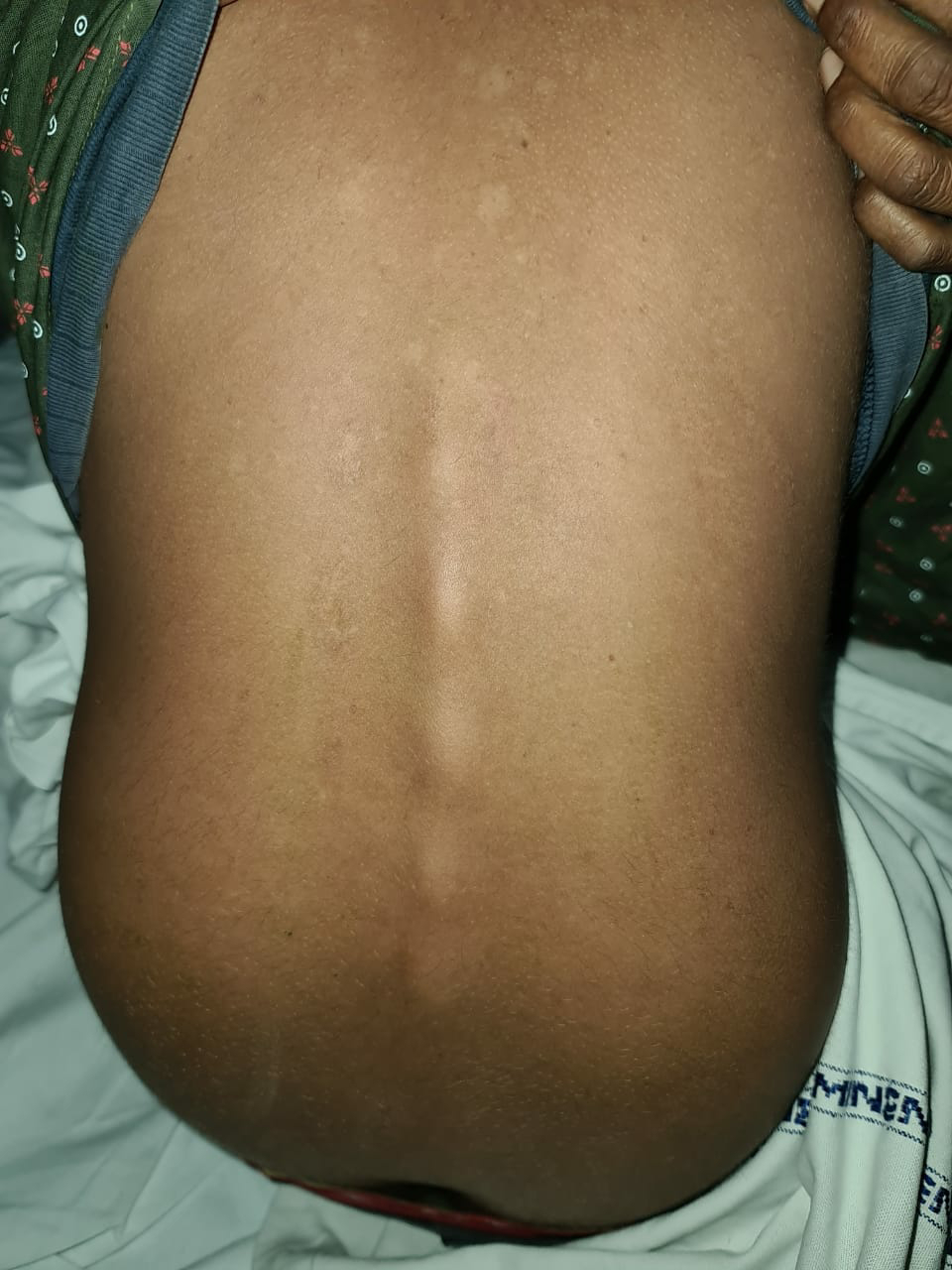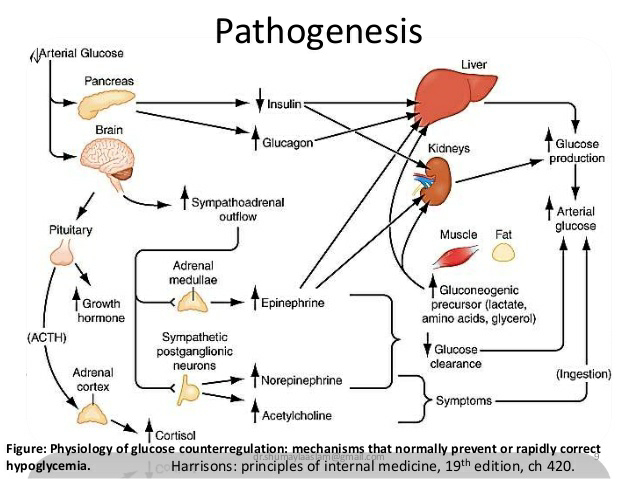15 yr boy with Paraplegia and a history of Fever
This is an online E log book to discuss our patient's de-identified health data shared after taking his/her/guardian's signed informed consent.
Here we discuss our individual patient's problems through series of inputs from available global online community of experts with an aim to solve those patient's clinical problems with collective current best evidence based inputs.
This E log book also reflects my patient-centered online learning portfolio and your valuable inputs on the comment box is welcome.
Here is a case i have seen:
A 15 year old boy presented to the Opd at 2pm with the complaints of
Slippage of footwear since 6 months
Difficulty in walking since 6 months
Difficulty to get up from bed since 6 months
Patient is in his 8th grade at a government school at a local village.
His parents work as Masons at a local village. He has an elder brother who is studying degree and a younger sister who is in her 10th grade.
He was apparently completely alright 6 years back until one day when he got hit by a bike while he was walking on the road and he attained only minor injuries.
5 years back, his mother tells us that he had mild occasional non productive cough lasting on and off for 3 years, especially during winters and at night. She says that it was associated with a wheeze.
6 months back, he developed fever and neck pain along with reduced appetite for 2 days for which he was taken to a local hospital, where in he was prescribed certain medications.
1 week later, while playing, he noticed sudden 'shaking' as his mother describes it of his left leg.
He first noticed Slippage of his footwear. He then slowly progressively developed weakness of his left lower limb followed by weakness of right lower limb over a span of 15 days. Slowly he started finding it hard to get up from sitting posture.
He had episodes of buckling initially as this mother describes it as that he would. occasionally 'fall to the ground'
He was taken to a number of hospitals where in he received medications but it didn't improved his condition.
2 months later, his parents decided to try ayurvedic medications which he used for a month after which he had no improvement in his symptoms
He started having loss of appetite.
Since the past 6 months, his parents tell that he has had a significant weight loss.
Since the last 15 days, his mother says they started noticing him using his hands to get up from supine position to sitting position and he hasnt been able to sit in a straight posture, he sits slightly bent forward.
He has complaints of tingling and numbness, no complaints of pain, no complaints of difficulty in mixing his food, no difficulty in buttoning or unbuttoning his shirt, no difficulty in wearing his shirt, no complaints of band like sensation around his abdomen, no significant family history, no similar episodes in the past, no bowel and bladder involvement.
History by Dr Aashitha, Dr Raveen.
On examination,
He is thin built
His weight -40 kgs
Height -167 cms
BMI- 14.34
Hypopigmented macules present on trunk and limbs
( patient says he has been having them since childhood)
PR - 75bpm(right radial pulse feeble compared to left radial pulse)
Bp - 110/70mmhg
Afebrile to touch
CNS - HMF intact
Tone - Increased in both of his lower limbs
Bulk - Right. Left
MAC. 12. Cms 11
MFAC. 13. 11
MTC. 18 18
MLC. 13. 14
Power:
These were my findings sir
Right Left
Deltoid. 5. 5
Supraspinatus. 5. 5
Infraspinatus. 5. 5
Rhomboids. 5. 5
At the elbow joint:
Biceps. 5. 5
Triceps. 5. 5
Brachioradialis. 5. 5
ECR. 4+. 4+
ECU. 4+. 4+
FCR. 4+. 4+
FCU. 4+. 3
Iliopsoas 3. 3
Add femoris. 4- 3
GM. 3. 2
Hamstrings 3. 2
Tib Ant. 4. 3
Tib Post. 4. 3
Peronei. 3. 2
Extensor. Digitorum 4. 4
Flexor Dig. 4. 4
EHL. 4. 4
Trunkal weakness +
Reflexes:
B. 3+. 3+
T. 3+. 3+
S. 3+. 3+
K. 3+. 3+
A. 4+. 4+
P Extensors
Patellar and Ankle clonus +
Abdominal reflex +
Cremasteric reflex+
Vibration is lost upto his knees in both his lower limbs
Proprioception upto ankle
Crude, fine touch, temp are preserved
No cerebellar signs
Cranial nerves intact
Non vegetarian, no history of tuberculosis or no history of consumption of lathyrus
Examination and Interpretation done by Dr Aashitha, Dr Raveen, Dr K Vaishnavi
Examination findings of reduced upper limb power was interpretated by Dr Rakesh Biswas
Gait
Here we are looking for his trunkal muscle weakness
Here, we are testing the abduction of his upper limbs which is carried out initially by Suprascapular followed by deltoid and trapezius and serratus anterior
Root values:
Deltoid - C5
Suprascapular - C5
Serratus anterior - C5, C6, C7
Here we are examining Rhomboids
Root value : C5
Here, we are testing for Infraspinatus
Root value: C5
Examining Triceps - by asking the patient to extend against resistance. Root value - C7.
Flexion at the knee joint against resistance
Flexion at the knee joint against resistance
Here, we are testing for the hamstrings muscles - L4, L5, S1
Here, we are testing for adductor femoris
Root value - L5, S1
Here, we are testing Tibialis anticus.
Root value - L4, L5
Here, we are testing Tibialis posticus
Root value - L4
Here we are testing Extensor hallucis longus. Root value L5,S1.
Reflexes
After examination,
We went through his outside investigations,
His tlc 5 months back was 21,700 cells/cumm, Nerve conduction studies and CT brain was done 5 months back which were normal.
He even received 10mg of Tab Wysolone twice a day for around 2 weeks and Tab Acyclovir outside.
Reports from 5 months back
Enmg done 5 months back
After a detailed history taking and examination,
We came to a conclusion that it could be
Myelopathy - probably a compressive myelopathy at the cervical region.
Or could be non compressive causes such as Post infectious myelitis
Investigations
Ecg : Normal sinus rhythm, regular with a rate of 75 bpm.
Narrow QRS complexes
P wave - 120ms
No ST abnormalities
Treatment
1. INJ Optineuron 1 ampule in 100ml NS/IV/OD
2. Physiotherapy of bilateral lower limbs
Put this after treatment
Discharge day gait
Discussion:
'Several infections may cause paraplegia. They are classified into two categories: those that involve the spinal cord directly and those that involve vertebral column and cause pressure effect on the spinal cord that eventually leads to paraplegia. In fact paraplegia can arise from a lesion either within or outside the spinal cord or cauda equina. These are classified as compressive and non compressive. Compression is caused either by bone or other masses. The main compressive causes are Pott’s disease (tuberculosis of spine). The main non-compressive causes are transverse myelitis secondary to viral infections, HIV, TB and very occasionally syphilis.
Several bacterial, viral, mycobacterial, fungal and parasitic infections can cause paraplegia.'
https://www.intechopen.com/books/topics-in-paraplegia/paraplegia-caused-by-infectious-agents-etiology-diagnosis-and-management
From Harrisons principles of Internal Medicine



























